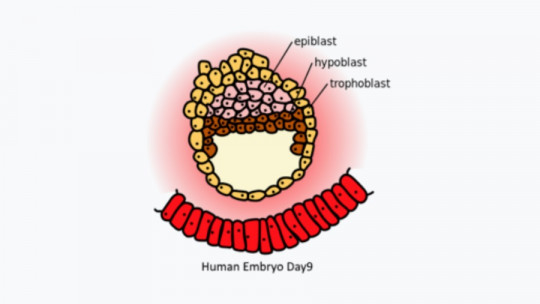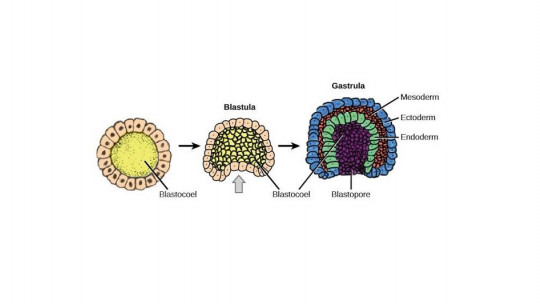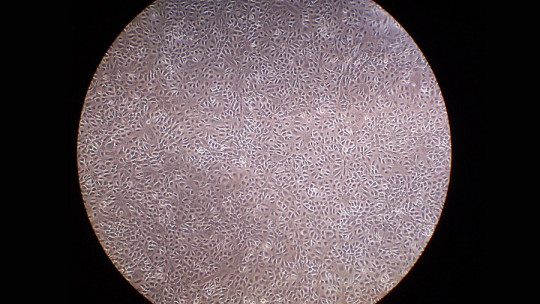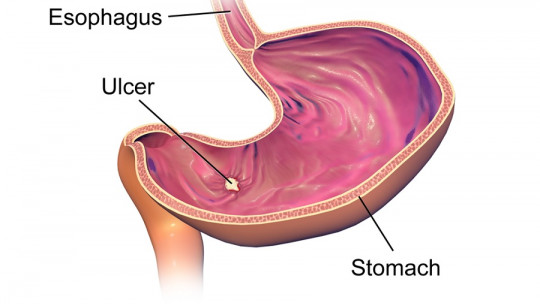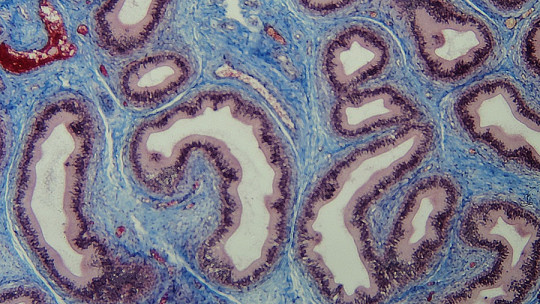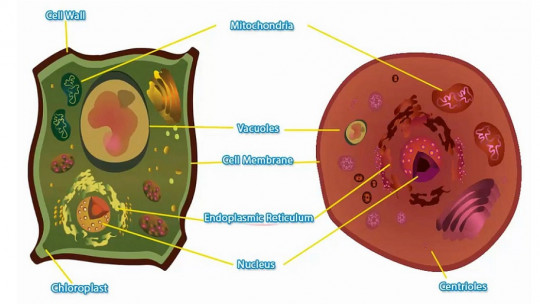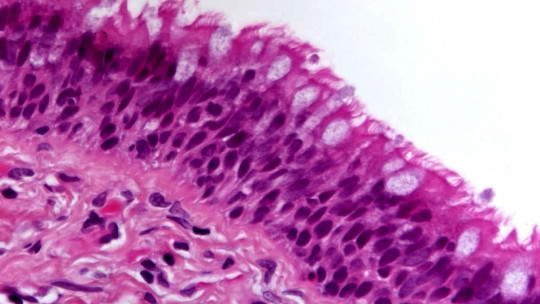
The epithelium, also known as epithelial tissue is a compound of cells that lack intercellular content that separates them, and is found in all the membranes that cover both the internal and external surfaces of the organism.
Along with other tissues, this set of cells has a very relevant role in embryonic development and the formation of different organs. Next we will see what the epithelium is, what functions it performs and what are some of its main characteristics.
What is epithelium?
The term that historically precedes “epithelium” is “epithelial”, which It was coined by the Dutch botanist and anatomist Frederik Ruysch while dissecting a corpse. With the term “epithelial,” Ruysch designated the tissue that covered different areas of the body that he dissected. It was not until the 19th century when the anatomist and physiologist Albrecht von Haller took up the word epithelial and gave it the name “epithelium” that we currently use.
Thus, in the context of modern physiology and biology, the epithelium is a type of tissue that is made up of adjacent cells (one next to the other, without intracellular elements that separate them), forming a kind of sheets.
These cells, also called “epithelial cells”, They are tied to a thin membrane From the latter, the surfaces of the cavities and structures that cross the body, as well as different glands, are formed.
Where is it located?
The epithelium is located on almost all surfaces of the body It covers from the epidermis (the outer layer of the skin) to the membranes that line the large passages and cavities of the body (the digestive tract, the respiratory tract, the urogenital tract, the lung cavities, the heart cavity and the abdominal cavity. ).
When it comes to the layer of cells that lines the cavities, the epithelium is called “mesothelium”. On the other hand, when it comes to the inner surfaces of blood vessels, the epithelium is known as “endothelium.” However, not all internal surfaces are covered by epithelium; for example, joint cavities, tendon sheaths, and mucous sacs are not (Genesser, 1986).
What all types of epithelium have in common is that, Despite being avascular, they grow on connective tissue that is rich in vessels The epithelia are separated from said connective tissue through an extracellular layer that supports them, called the basement membrane.
Origin and associated tissues
The epithelium originates during embryonic development together with another type of tissue known as mesenchyme. Both tissues have the function of forming almost all the organs in the body, from hair to teeth and the digestive tract.
Furthermore, epithelial cells contribute significantly to the development of the embryo from the early stages, they specifically have an important role in the development of glands during this process. The activity carried out jointly by the epithelium and mesenchyme is called epithelial-mesenchymal interaction.
Its functions
Although the epithelial tissue does not contain blood vessels (it is avascular), what it does contain are nerves, therefore, plays an important role in receiving nerve signals, as well as absorbing, protecting and secreting different substances depending on the specific place where it is located. The specific functions of the epithelium are directly related to its morphology.
In other words, depending on the specific structure of an epithelium, This will fulfill the functions of secretion, protection, secretion or transport We can then see the functions of the epithelium depending on where they are located:
1. On free surfaces
On free surfaces, the epithelium has the general objective of protecting the organism. This protection is against mechanical damage, against the entry of microorganisms or against the loss of water through evaporation Likewise, and due to the sensitive endings it contains, it is responsible for regulating the sense of touch.
2. On the internal surfaces
On most internal surfaces, the epithelium has the functions of absorption, secretion and transport; although in some others it serves only as a barrier
Types of epithelial cells
The epithelium is classified in many ways, according to its distribution, shape and functions. That is, several types of epithelium can be distinguished according to the cells that compose it, according to the specific place in which they are located or according to the type of layer they form.
For example, according to Genesser (1986), we can divide the epithelium into different types based on the number of extracellular layers it contains, and according to its morphology:
In turn, both simple and stratified epithelium can be subdivided according to their shape into cubic or cylindrical epithelium, as we will see below:
1. Simple squamous epithelium
Composed of flat and flattened cells, this epithelium It is found, for example, in the kidneys and in large cavities such as those of the heart as well as in all blood vessels.
2. Simple cuboidal epithelium
Composed of almost square cells with a spherical nucleus and is found in the thyroid gland, kidney tubes and ovaries
3. Simple columnar epithelium,
With columnar cells and oval nuclei, which are located at the bases of the cells.
4. Stratified cubic epithelium
It is rare but is found in layers of the conductors of the sweat glands.
5. Stratified columnar epithelium
With deep cellular layers and is found in excretory conductors of the large glands
6. Transitional epithelium
It is called that because before it was considered to be between the stratified and the cylindrical, it is found in the urinary tract and bladder which is why it is also called urothelium.

